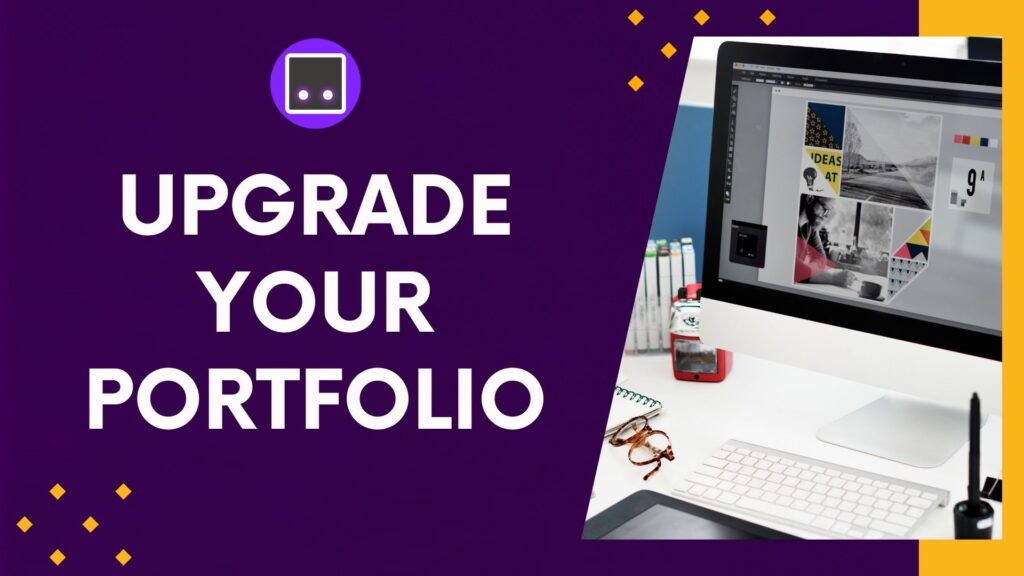
When it comes to showcasing your skills and expertise, having a well-crafted portfolio is essential. Whether you’re a designer, writer, photographer, or any other creative professional, a portfolio serves as a powerful tool to demonstrate your capabilities and attract potential clients or employers. In this article, we will explore the steps to create a portfolio and provide tips on how to improve it for various niche markets.
1. Define Your Niche
Before diving into creating your portfolio, it’s important to identify your niche or target market. Understanding your niche will help you tailor your portfolio to appeal to the right audience. For example, if you’re a graphic designer specializing in branding, your portfolio should showcase your expertise in logo design, brand identity, and related projects.
2. Select Your Best Work
When curating your portfolio, quality matters more than quantity. Select your best work that aligns with your niche and showcases your skills effectively. Include a variety of projects to demonstrate your versatility, but ensure that each piece reflects your expertise and style.
3. Create a Clean and User-Friendly Layout
A well-organized and visually appealing layout is crucial for a successful portfolio. Use a clean and professional design that allows your work to take center stage. Consider using a grid-based layout to showcase your projects in an organized manner. Use high-quality images and provide clear descriptions for each project.
4. Write Compelling Project Descriptions
Alongside each project, include a brief description that highlights the objective, challenges, and your role in the project. Explain how your skills and expertise contributed to the success of the project. Use concise and engaging language to captivate the reader’s attention.
5. Include Testimonials and Client Feedback
Testimonials and client feedback add credibility to your portfolio. Reach out to past clients or employers and request their permission to include their testimonials in your portfolio. Highlight positive feedback that emphasizes your professionalism, creativity, and ability to deliver exceptional results.
6. Show Your Process
Many clients or employers are interested in understanding your creative process. Include sketches, wireframes, or any other relevant materials that showcase your ideation and problem-solving skills. This gives potential clients a glimpse into your methodology and demonstrates your ability to think critically.
7. Regularly Update Your Portfolio
A static portfolio can quickly become outdated. Regularly update your portfolio with new projects and remove older ones that no longer reflect your current skill level or style. Stay on top of industry trends and incorporate them into your portfolio to demonstrate your adaptability and relevance.
8. Customize Your Portfolio for Each Niche
While having a general portfolio is important, consider customizing it for different niche markets. Research the specific needs and preferences of each niche and tailor your portfolio accordingly. For example, if you’re targeting the fashion industry, showcase projects that highlight your understanding of fashion aesthetics and trends.
9. Seek Feedback and Iterate
Don’t be afraid to seek feedback from peers, mentors, or industry professionals. Constructive criticism can help you identify areas for improvement and refine your portfolio. Continuously iterate and make necessary adjustments to ensure your portfolio is always at its best.
10. Promote Your Portfolio
Creating a portfolio is only half the battle; promoting it is equally important. Share your portfolio on professional networking platforms, social media, and your personal website or blog. Actively engage with your target audience and participate in relevant communities to increase your visibility and attract potential clients or employers.
In conclusion, creating a portfolio requires careful consideration and attention to detail. By defining your niche, selecting your best work, and customizing your portfolio for each niche, you can showcase your skills effectively and stand out in the competitive market. Regularly update and promote your portfolio to ensure you are always presenting your best work to the world.

